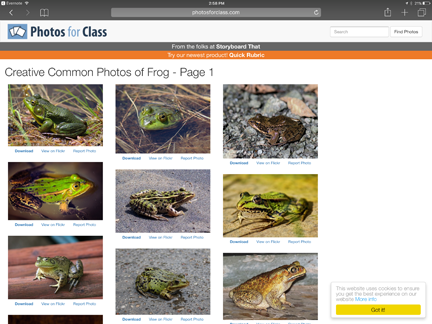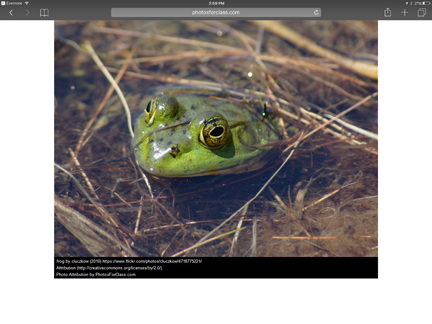This post was precipitated in several ways by the Chronicle of Higher Ed coverage of a South by Southwest session on the “textbook crisis”. The Chronicle piece describes a debate been advocates of commercial textbooks (produced by what used to be called textbook companies) and OER resources. One of the pro-textbook company presents was Cheryl Costantini a Cengage VP (more on why the Cengage presence was of interest to me later).
The Chronicle does a nice job of framing the competing arguments and if you think you support one side or the other I think it worth your while to review the entire set of comments.
I can say that I can see value in both sides of this debate and I have been involved on both sides of the debate. My wife and I authored a textbook on the classroom use of technology (Integrating technology for meaningful learning) for more than 15 years through Houghton-Mifflin and Cengage (Cengage purchased the Houghton-Mifflin higher ed catalog). I now offer a book (Layering for Learning) explaining how K-12 teachers can modify online resources to improve instructional value. I think both commercial and educator designed content can be effective given an understanding of the benefits each approach offers and what each approach demands. The Chronicle piece offers insights into these strengths and weaknesses.
Back to Cengage. Years ago my wife and I were trying to get Cengage to consider a different approach to the commercial textbook – at least our textbook. We had issues with the model of preparing future teachers to use technology in their classrooms with only a textbook and we had issues with the three-year revision cycle that isolated us from our readers for extended periods of time while the information we wanted to convey became stale. We proposed the modification of our book into a Primer at a significantly lower price and a collection of online resources that could be continually updated and used as appropriate to the needs of a given instructor and student interests. We negotiated and explored for a couple of years without agreeing on a final project. We eventually withdrew from our association with Cengage (Cengage did return our copyright) to pursue our model as a Kindle book.
Through the final decade of my academic career I worked on a model of textbook study I called studying for mastery (some might call it adaptive study). I created technology-facilitated study environments intended to support the study of textbooks in large introductory classes and address the metacognitive deficiencies of new students unable to identify specific areas of need. I could make this investment because this was my area of research and I was able to secure some external funding to support the work. I knew what I was working on could not be duplicated by individual college instructors, but the techniques would have been perfect for commercial content providers who could take advantage of the efficiency of scale they could apply (the number of students using a given book across institutions and the value added for individual students given the capacity to spread costs across this large number). This seems to be what commercial content providers have now also figured out.
Being too early to the party is not always an advantage, but there is some satisfaction in seeing the commercial providers begin to catch up.
36 total views




You must be logged in to post a comment.